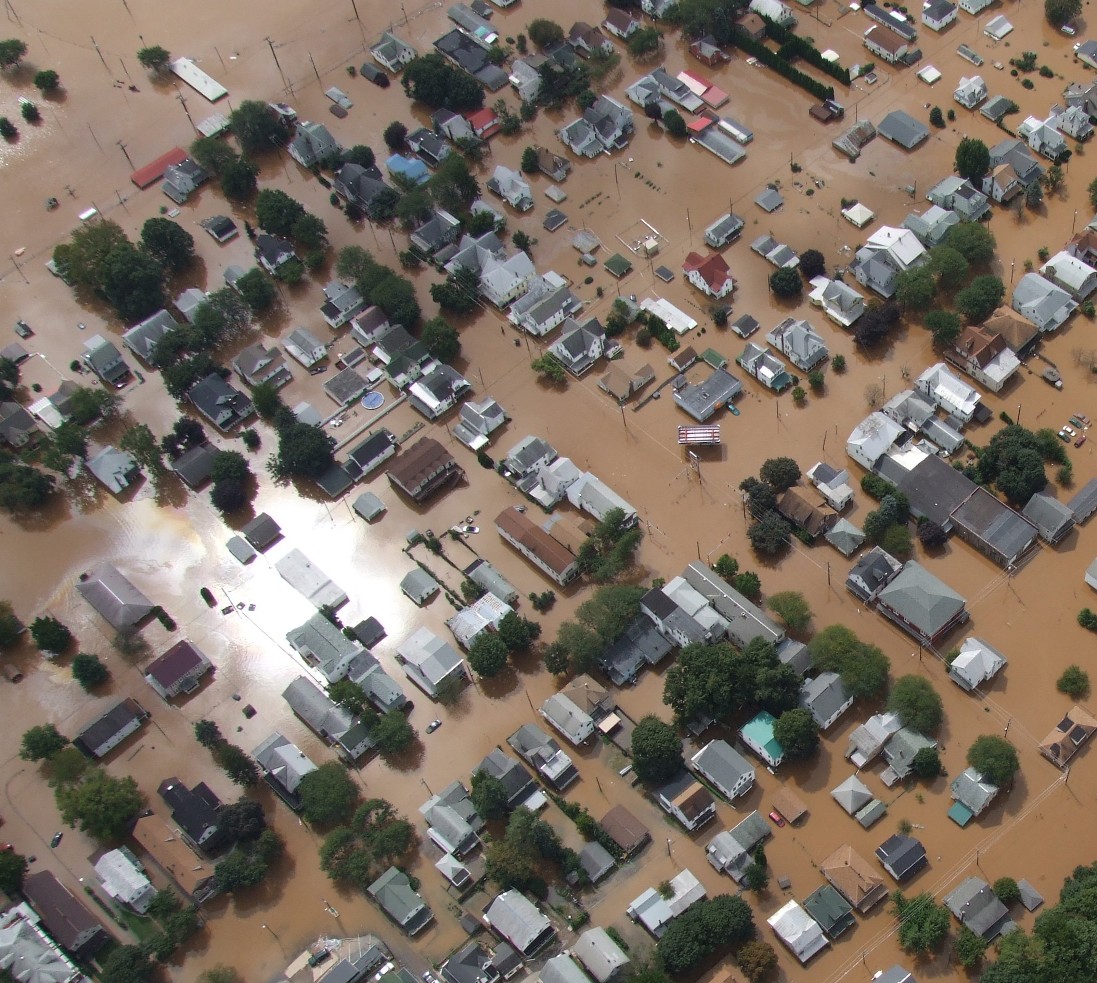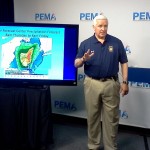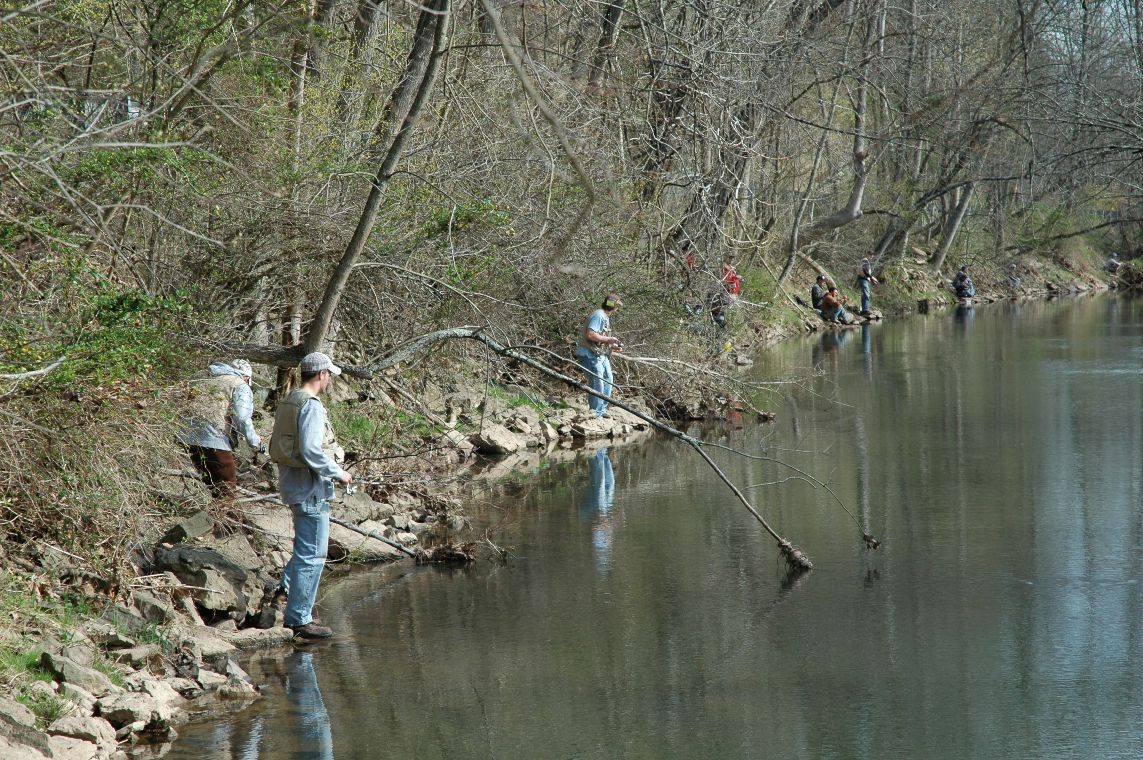Abortion Clinic Bills Stir Controversy
The Pro-Life and Pro-Choice crowds are on opposite sides of new abortion clinic regulations that could soon make their way to Governor Tom Corbett’s desk. The State House and Senate Pro-Life Caucuses are calling for action on SB 732, which would regulate abortion centers like the state’s ambulatory surgical centers. “I would think any woman who has a medical procedure performed in one of these clinics would want to be assured that the facility meets state minimum standards,” says State Rep. Jerry Stern (R-Blair), chairman of the House Pro-Life Caucus.
Similar legislation has already passed both Republican-controlled chambers in Harrisburg, and a spokesman for the House Majority Leader says they could take up SB 732 as early as next week. Officials spent the summer working on amended language they believe can pass both chambers.
But the prospective passage of this legislation drew hundreds of opponents to the state capitol on Tuesday. “We are health care consumers, we vote and we have had enough,” exclaimed Brenda Green, executive director of CHOICE, a Philadelphia non-profit.
One of the lawmakers joining in the rally was State Rep. Dan Frankel (D-Allegheny), who believes the legislation’s intent is to shut down PA’s abortion clinics through burdensome and costly regulations. “They’re giving up on the Supreme Court, in overturning Roe v. Wade. They’re going to overturn Roe v. Wade through these types of laws,” Frankel says.
“Contrary to what the naysayers and opponents are saying, this is not about stopping abortion, this is about patient safety. Common sense patient safety,” says State Rep. Matt Baker, who sponsored the House version of the abortion clinic legislation.
The bills were written in response to the alleged ‘house of horrors’ uncovered at one Philadelphia clinic operated by disgraced Dr. Kermit Gosnell. The clinic had gone uninspected for years, but a Grand Jury ultimately charged Gosnell with eight counts of murder.
Rep. Frankel believes mandatory inspections can prevent the atrocities of the Gosnell clinic without restricting women’s access to abortions.














